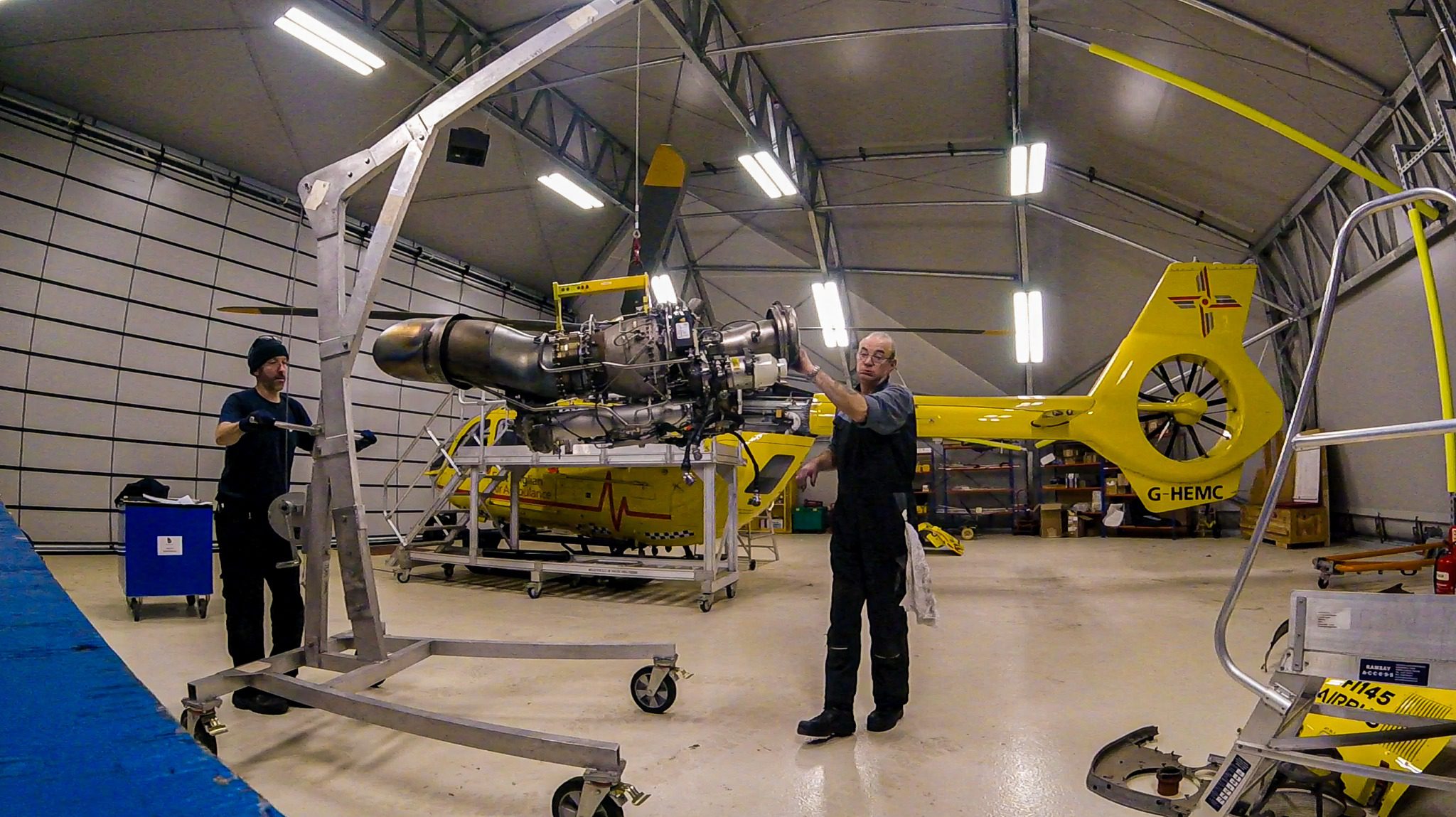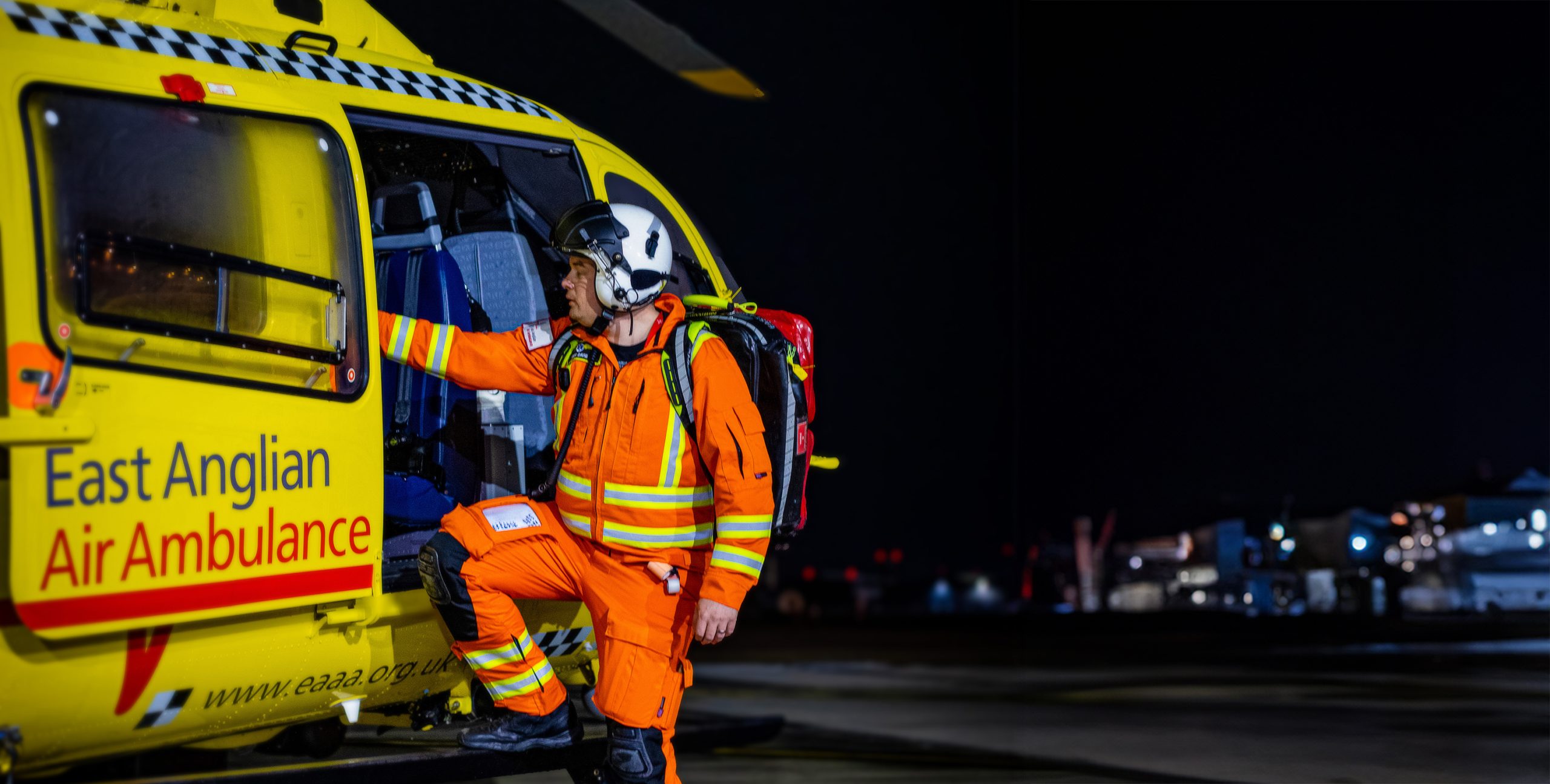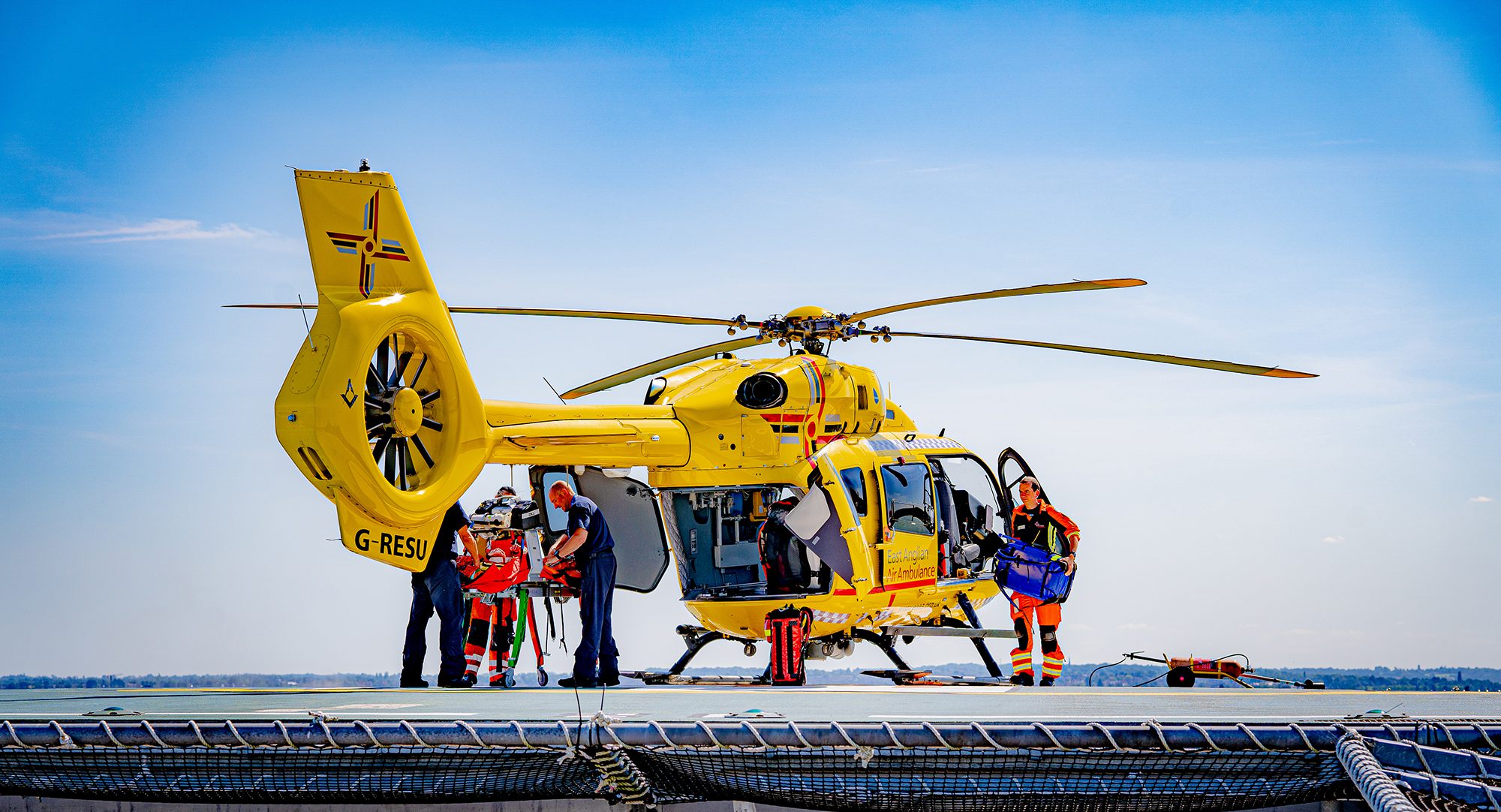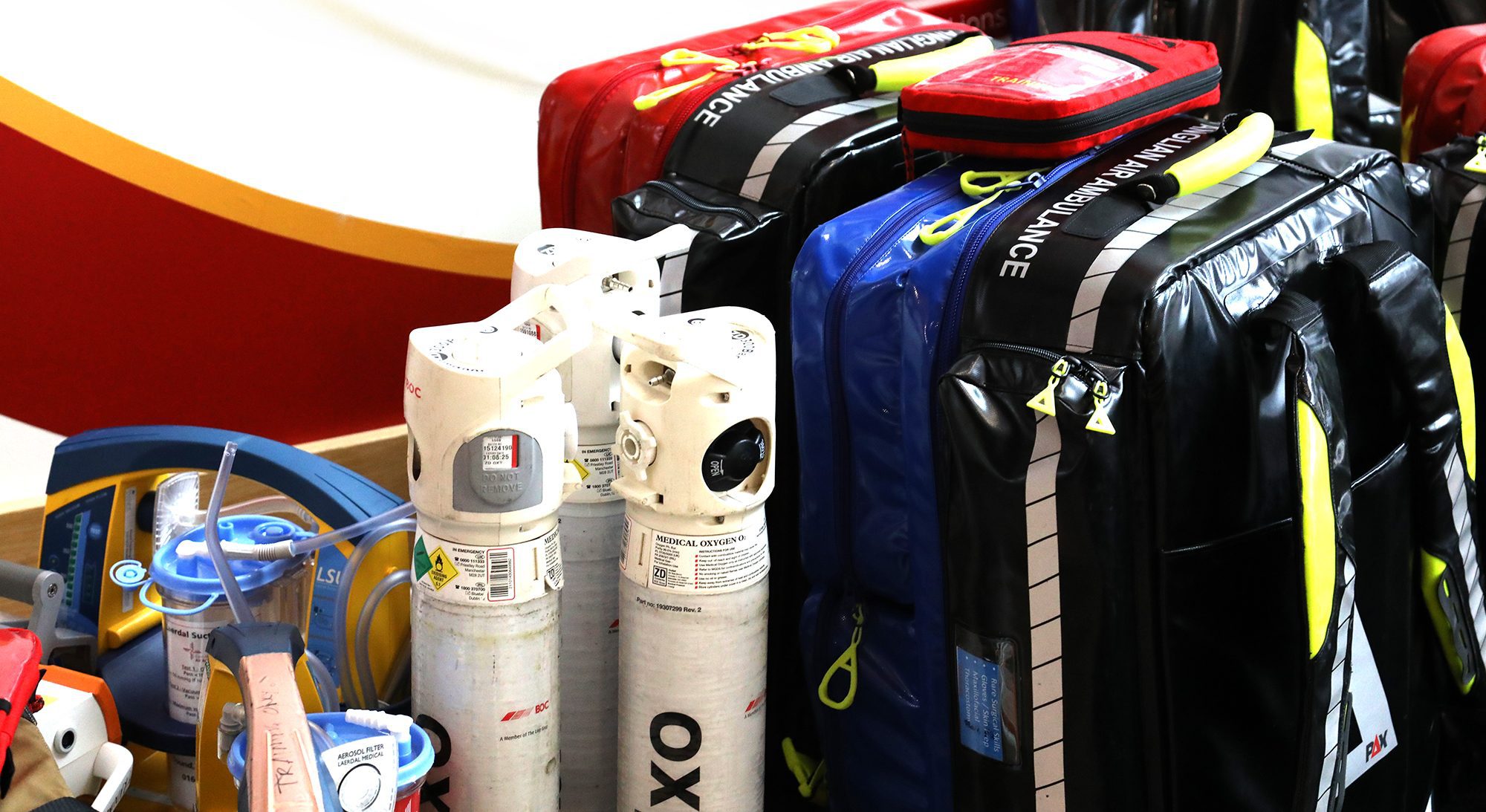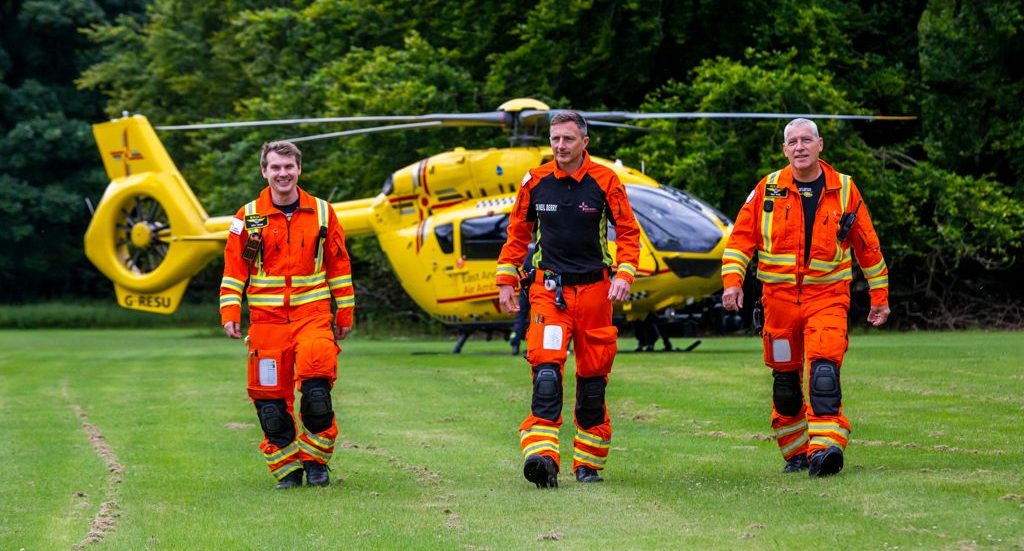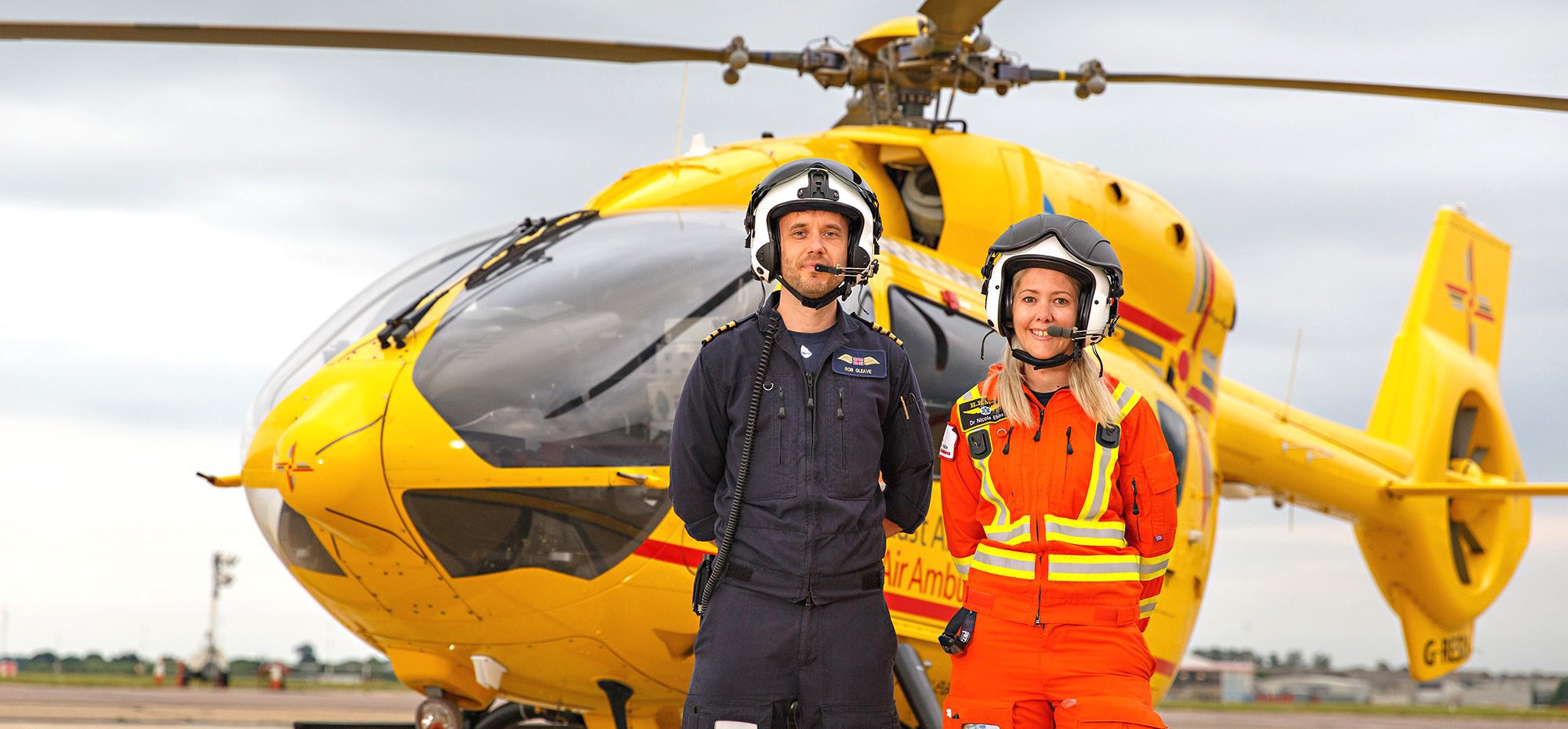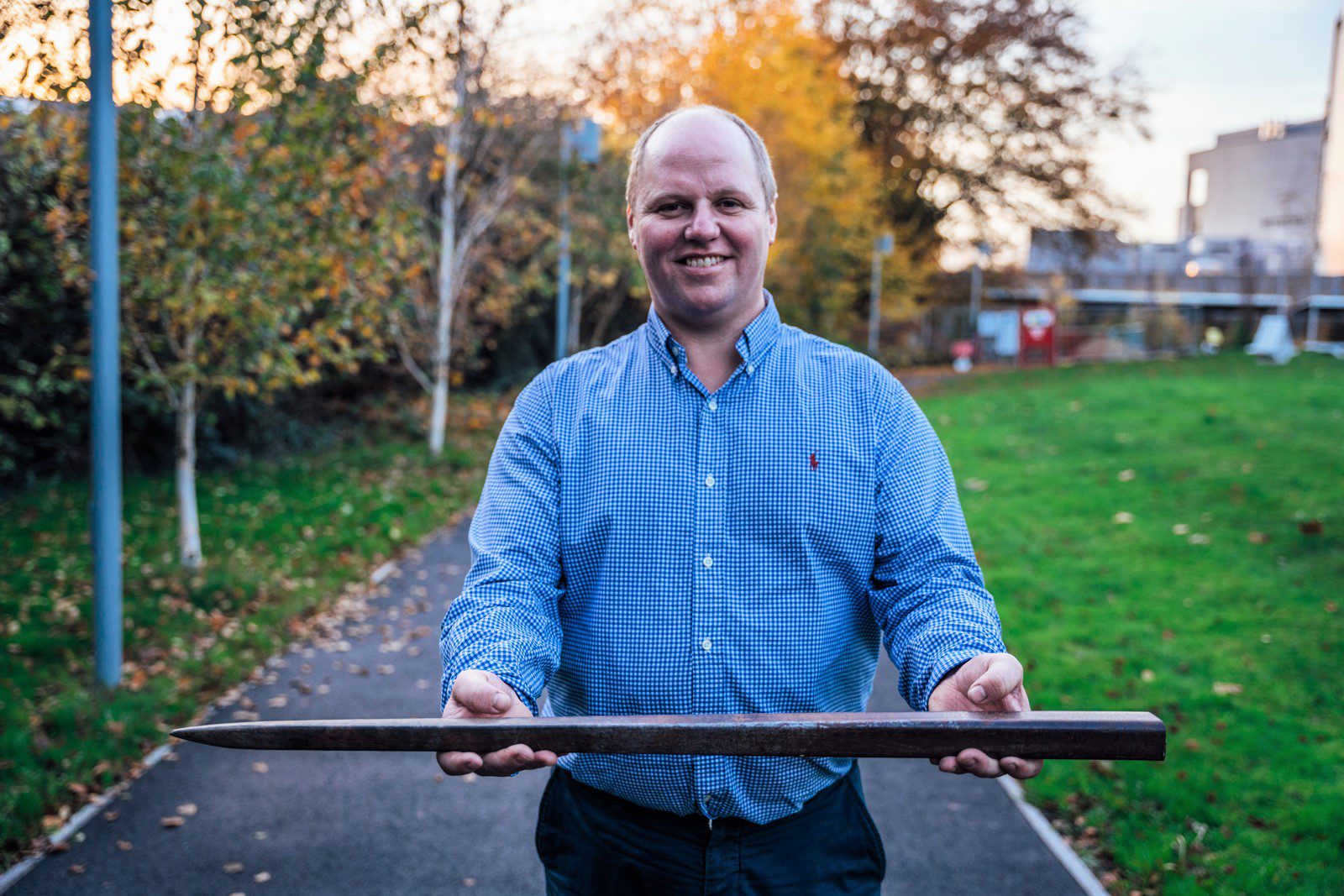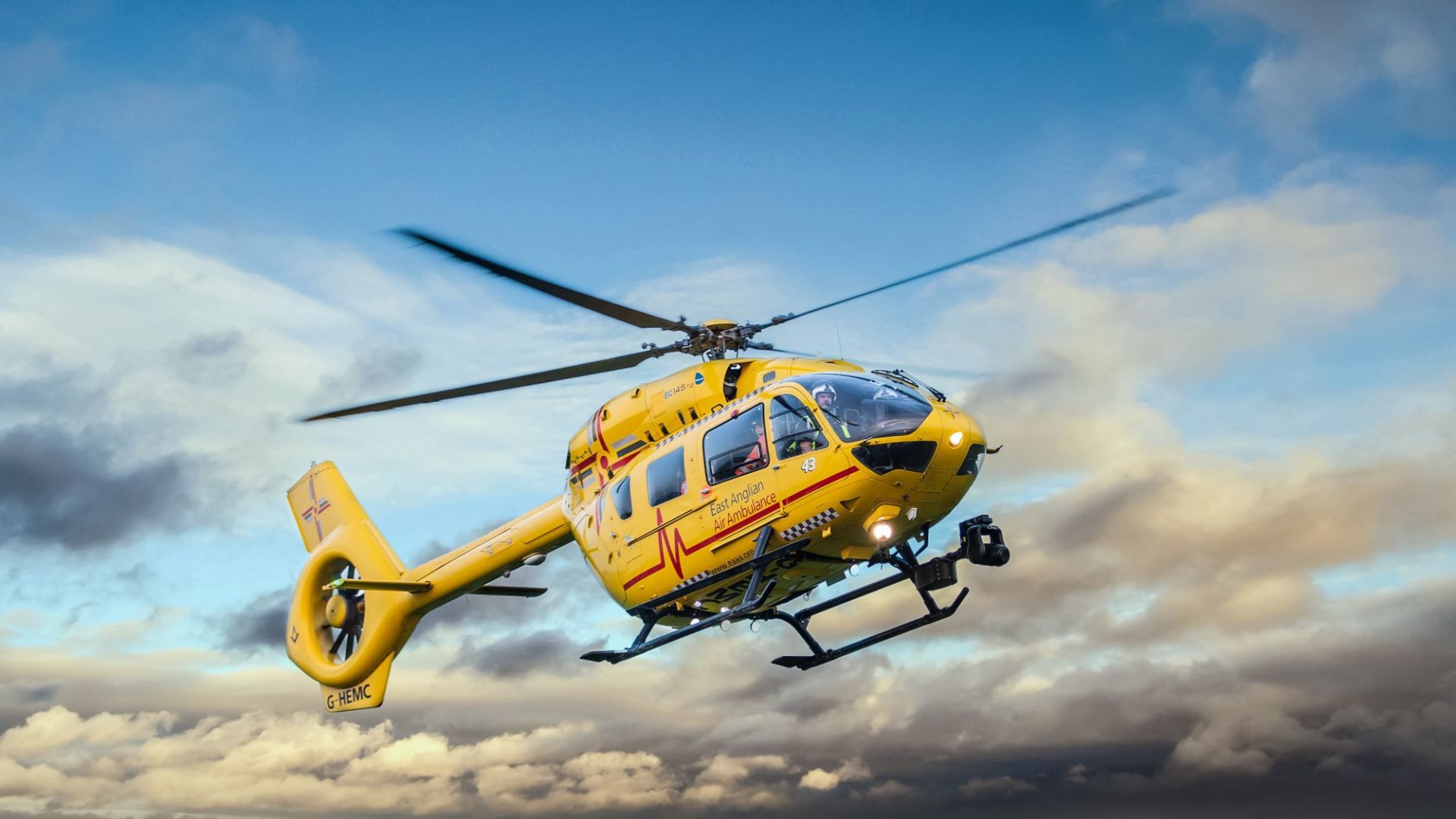Our Helicopters
East Anglian Air Ambulance operates two H145 helicopters: G-RESU, callsign Anglia One (Norwich), and G-HEMC, callsign Anglia Two (Cambridge). Get to know the EAAA helicopters that you help to keep in the air!
Did you know? The EAAA helicopters are their distinctive yellow because the first sponsors of the charity’s aircraft were The AA! Since then, our aircraft have changed significantly to best suit the needs of our patients and the communities we serve.
The two H145 helicopters, pilots and engineers are provided by our aviation partner, Babcock. The H145 can carry two pilots, up to three clinicians and a patient. It has an average cruising speed of 140mph and can cover 20 miles in less than 10 minutes. This allows us to get anywhere in the 5,326 square miles we cover quickly to bring urgent critical care directly to the scene of medical emergencies.
An ‘Alpha’ callsign means the EAAA helicopter is on a Helicopter Emergency Medical Service (HEMS) mission and will therefore take priority over other aircraft, apart from those on a mayday call. An ‘Echo’ callsign is used when when the helicopters aren’t travelling to an emergency or carrying a patient, and the helicopter reverts to standard priority.
400
MILE RANGE
57%
INCIDENTS BY AIR
167 MPH
TOP SPEED
25 MINUTES
ANYWHERE IN EAST ANGLIA
24/7 flying
EAAA starting flying 24/7 on 30 June 2021, becoming the first air ambulance in the East of England to do so.
The aircraft can be flown by a single pilot and other air ambulances do choose to do so, albeit they use a paramedic to assist with the radios and navigation.
However, with a round-the-clock service, EAAA does a lot of flying at night and therefore requires two pilots. Having an extra set of eyes and someone else checking what is going on in and around the helicopter adds another level of safety. It is also a backup in the unlikely event of one of the pilots becoming unwell during flight. It is more expensive, but we want to do everything we can to keep our crews and people on the ground safe. Our clinicians also support the pilots, particularly during the hours of darkness, by also using night vision technology to help identify hazards.
When we are tasked by helicopter, one of the pilots will go out to the helipad first to start up the engines and rotors. During the day, the crew aim to be airborne in three to four minutes. At night, it’s best endeavours due to the amount of planning and additional safety considerations, but is often in the region of ten to twelve minutes.
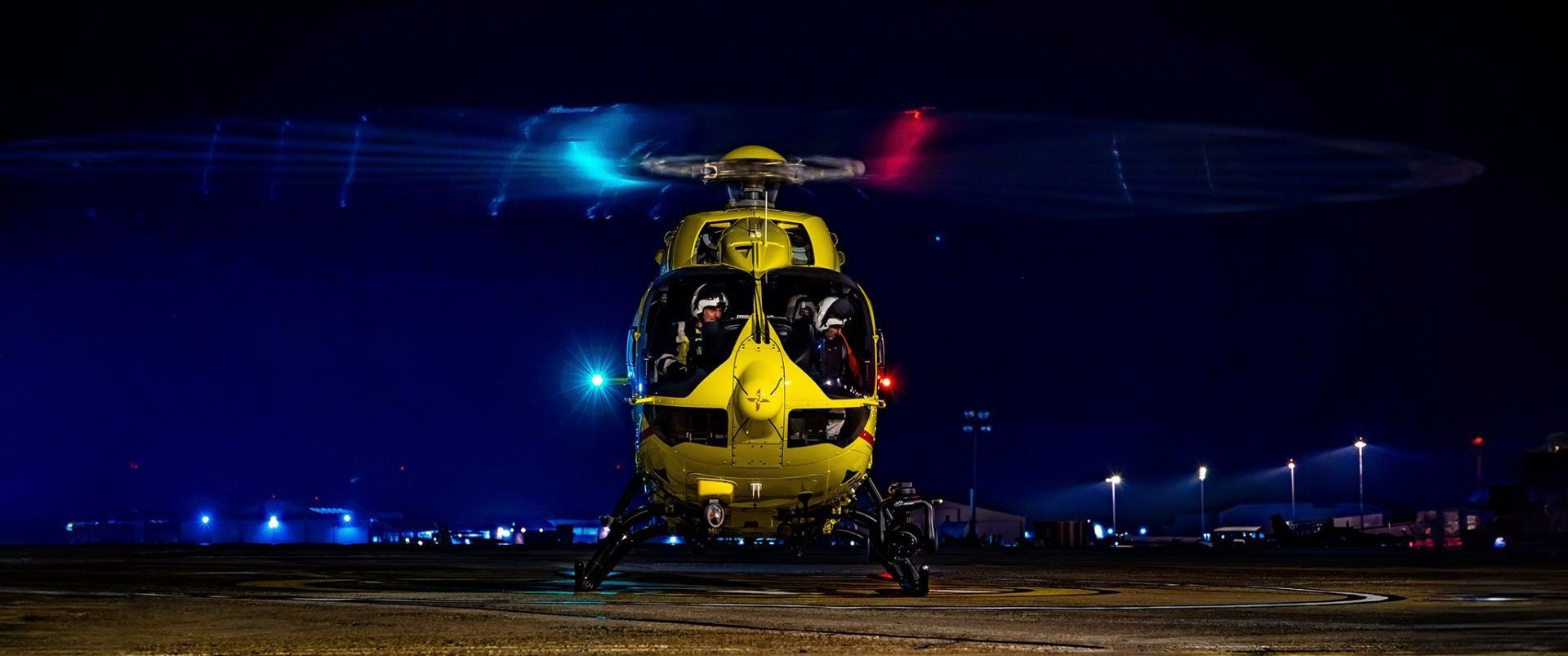
Inside the aircraft
Explore our 3D helicopter to find out more about the cockpit controls and the medical equipment we carry.
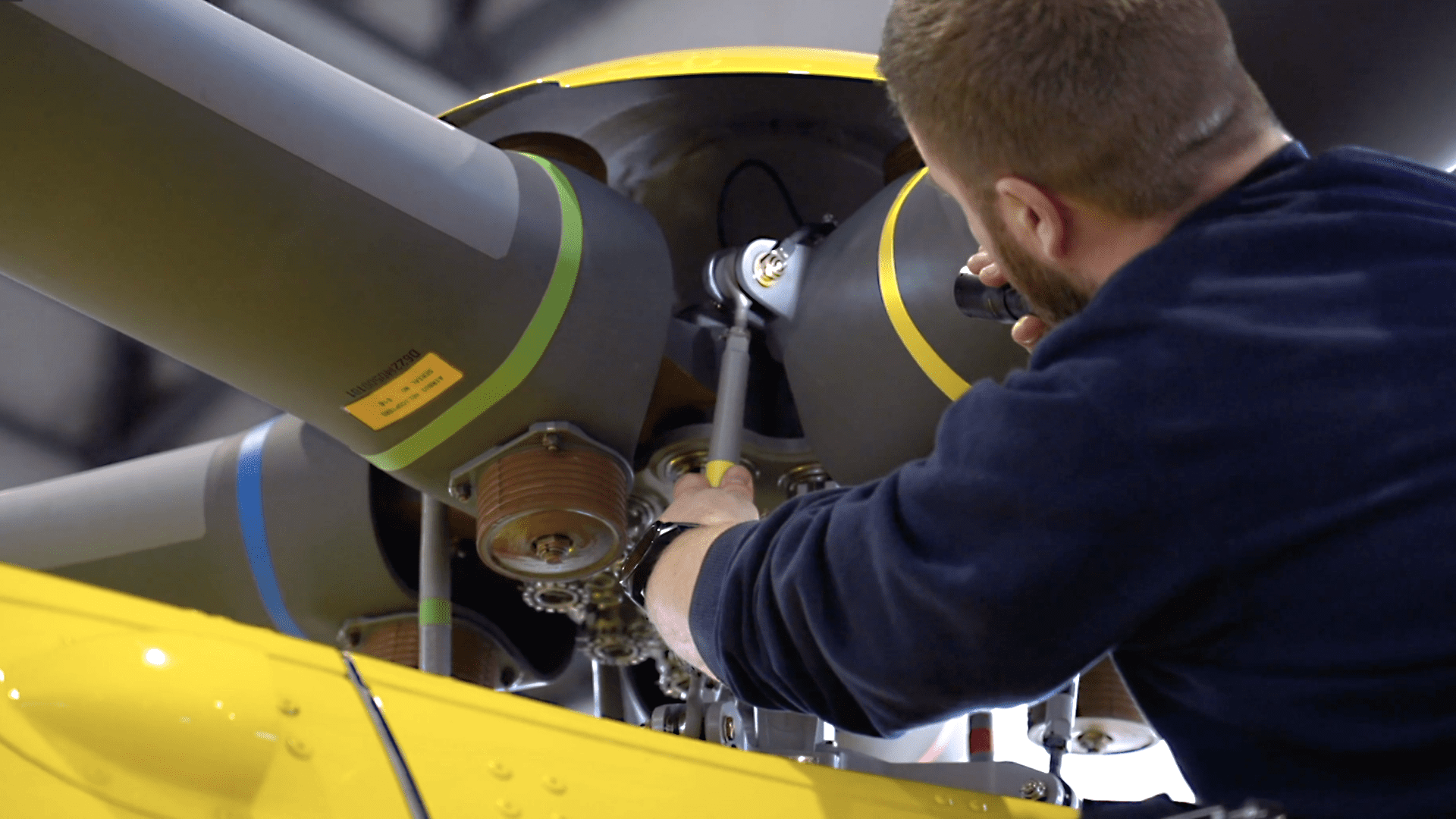
Five-blade (D3) upgrade
G-RESU (Norwich) was one of the first aircraft of its type in the UK to be upgraded to the brand-new state-of-the-art five rotor blade ‘D3’ specification in 2022. Cambridge’s G-HEMC also received the upgrade in June 2023.
The increase in rotor blades on the H145 aircraft from four to five means they benefit from a reduction in vibrations in-flight. This enhances patient safety through more stable monitoring during the transfer to hospital.
The D3 upgrade is of particular significance during nighttime operations as the aircraft now provide greater payload and range when there are fewer options for landing and refuelling sites. A greater weight allowance and carrying more fuel on board could result in an extra half an hour of flying time.
Landing sites
The pilots with EAAA are highly-skilled aviators. Many have military backgrounds where they have gained many years’ experience of flying to and landing at unsurveyed sites. This experience is essential when flying HEMS missions where the flying is dynamic, and they never know where they may be tasked to next.
To help pilots map and identify potential landing sites, they have iPads with Google earth overlays, which also highlight fields and hazards, such as electricity cables.
During the day, the crews will assess potential landing sites as soon as a task comes in, and they can continue this planning en-route. At night, there are more safety considerations so the crew will do this essential planning before they leave, which is why it takes longer to lift during the hours of darkness.
Within 200ft of the ground, both on landing and take-off, pilots operate a ‘sterile cockpit’ where only relevant aviation matters are discussed. This cuts out additional noise and ensures optimum concentration to take off and land safely.
When the helicopter arrives at the scene, prior to landing, you may see it perform ‘racetrack patterns.’ This is the crew recceing the area to access safe landing areas, check for hazards and to support the clinicians in how they can exit the landing area quickly and safely to reach the patient in need of urgent critical care. They will also consider how the patient can be safety transported back to the aircraft if a transfer by air to hospital is required.
Pilots use the ‘Five S’ rule when considering landing options: shape, size, surround, surface and slope. Downwash is also a vital safety consideration; the downwash created by the powerful rotor-blades is extremely powerful and is enough to throw debris into the air or cause somebody to fall.
Weather considerations: Summer and Winter
Pilots have additional considerations all year round regarding the weather.
The air is thinner during the summer heat, so the aircraft tend to use more power, and therefore more fuel. During the winter, the pilots are aware of the potential of frost/ice build-up and may bring the helicopter into the hangar. It is faster to bring the aircraft out of the hangar in the event of a tasking than it is to remove the ice.
Weather forecasts and weather maps are monitored closely. If the wind forecast is for over 30 knots, the pilots will also need to consider the impact on the blades and may bring the aircraft into the hangar (also see Hangar and Helilift).
The pilots are also fully qualified to fly in clouds with sole reference to instruments and the aircraft is capable of flying an instrument approach to an airfield using a ‘state of the art’ autopilot system.
During the day, the pilots need 600ft cloud base and 1.5km visibility to be able to fly. This increase at night to 1,200ft cloud base and 2.5km visibility. The crew have a screen in the crew room which shows current weather maps and forecasts to support their planning.
EAAA’s 24/7 service is unaffected if weather conditions mean the helicopter is unable to fly, as the EAAA clinicians use the charity’s critical care cars instead. With the exception of a stretcher, the cars carry exactly the same equipment as the helicopter.
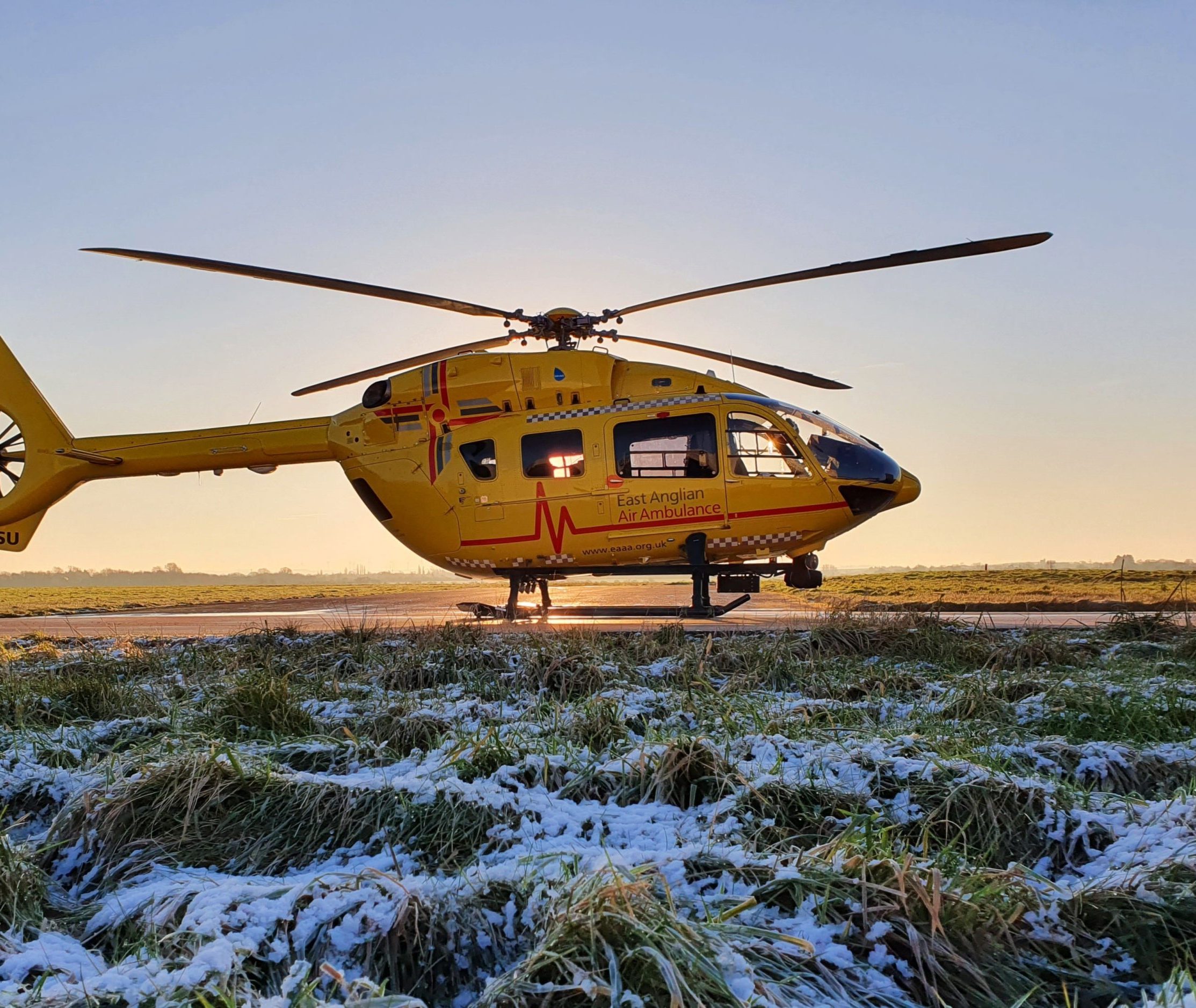
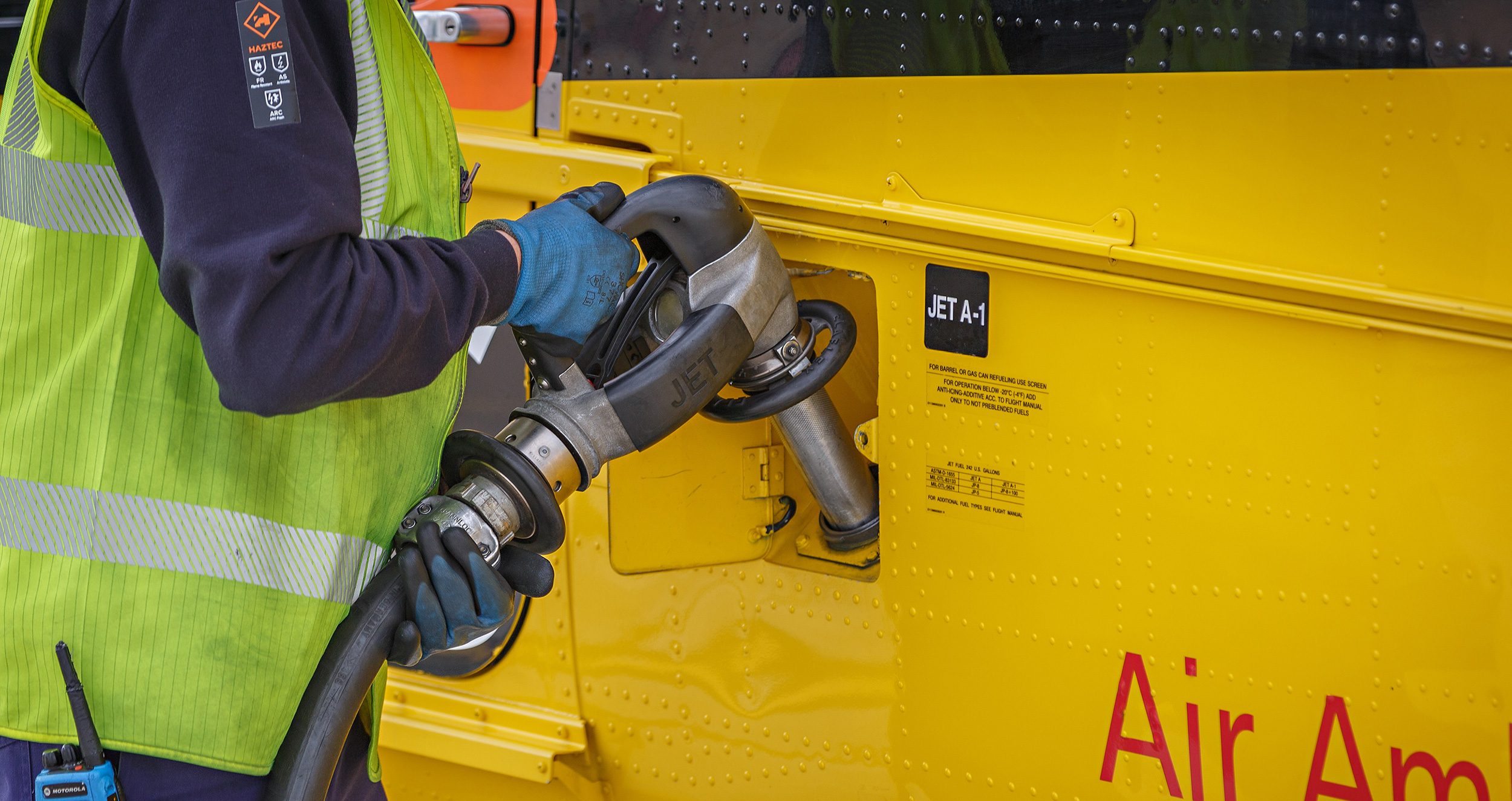
Refuelling
When Anglian One (Norwich) requires refuelling during the day, we use the refuellers from Norwich Airport as we are based on the airport complex. At night, the crew has a 2,000-litre bowser so the pilots can refuel the aircraft themselves.
At Cambridge, the Anglia Two aircraft also has a 2,000-litre bowser that is available around the clock for pilots to refuel the helicopter when required.
Engines, engineers and maintenance
The H145 has two engines. It can fly easily on just one, but the pilots may notice a reduction in performance and less power on landing. If there is a situation where they need to fly on one engine (for example, in an emergency), the pilots will use their skills and expertise to adjust and adapt accordingly.
Some of the servicing of the aircraft may be carried out in the EAAA hangars by Babcock’s (EAAA’s aviation partner) on-site engineers, however helicopters are taken to Babcock bases at Staverton or Glasgow for larger or more in-depth regular servicing.
One Babcock engineer is based at Cambridge, with two at Norwich, but additional engineers can be supplied by Babcock if required. The kinds of engineering jobs they may carry out include changes and work to engines, gearboxes and rotor-blades. While works are ongoing, Babcock provide a replacement aircraft (usually a yellow H145 callsign G-EMSS) to ensure continuity of EAAA’s life-saving service.
